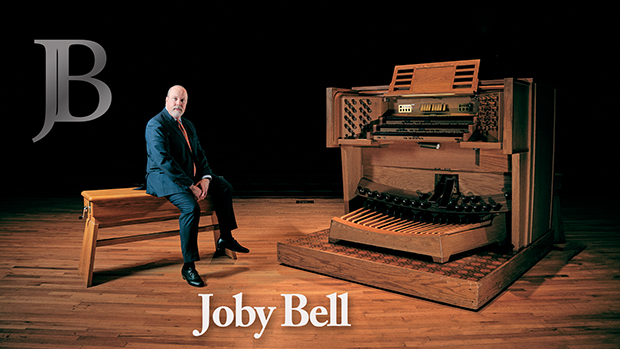Once more, with feeling: hymnals vs. bulletins
 Friday, July 8, 2011 at 11:39AM
Friday, July 8, 2011 at 11:39AM
There is no more beautiful sound than that of a congregation singing healthily, loudly, and lustily. And according to Reformed tradition, that sound should be a church musician’s primary concern.
At some point in quite recent years, hymnals were deemed clumsy and too massive for the available space. They also did not contain the latest and greatest tunes to sing. Enter the printing in the bulletin of any congregationally-sung texts. Many people feel this is a good solution; they feel there should be one printed text for each pair of eyes. There usually aren’t enough hymnals for that, but I don’t understand why that suddenly became a problem when people had been sharing resources in worship for CENTURIES. I am convinced that many congregations sing so well because they open the hymnal, wrap an arm around their partner or child, and sing together. Long may they live and sing.
A hymnal is loaded with much more information than just words and notes. It contains authors, composers, dates, poetic meters, alternate texts and tunes, a fairly complete Psalter, and indices for all possible searches. Presenting hymns exclusively in verse form in a bulletin lessens their dramatic and informative potency. Melodic inflection and syllabification differences are also hopelessly lost without the music attached. Printing out just enough of a hymn to get by on Sunday robs a people of the opportunity to maintain a high liturgical IQ, and it sends the message that hymns are not very important. It also clutters up the bulletin. The hymnal is a well-developed, time-honored resource, and reducing hymns to text-only for anything other than reading is impersonal and devaluing of their richness.
Consider a sermon text. There is power in reading straight from the Book, rather than from an insert or the bulletin. The complete sermon text is not printed in the bulletin; indeed, the congregation is even instructed by the preacher to open their Bibles. There is a definite potency in holding the entire book, and something is lost when holding a flimsy pamphlet.
Throughout the Church these days, music and text appear together outside of published books far too rarely. People all over the country (and the world, I’ve discovered) are losing their ability to sing and follow along. When challenged on it, they claim a comfortable and damaging ignorance: “I can’t read music.” Text-only PowerPoint screens and bulletin printouts have rendered all but the simplest tunes foreign and more difficult than necessary.
No literate person who has ever sung a hymn from a hymnal can honestly say, “I can’t/don’t read music.” Music is printed proportionally across the page, and the untrained eye can discern long and short notes and melodic contour from the page after a short while. That’s all that is needed to be good at it. Seeing printed music is just as normal as reading anything else, whether fully understood or not. It becomes a habit—a good one.
“Well, the hymnal is available to them; all they have to do is reach down and get it.” The very existence of that choice does the damage. The bulletin is the path of least resistance, and a congregation, no matter how well educated, will eventually follow where it is consistently steered. If the hymnal is never mentioned, if an altered text is printed in the bulletin, if stanzas are cut or added, it renders the hymnal useless, and the conditioning of using the bulletin for singing becomes stronger. It is our responsibility as church leaders to eliminate the poorer choice entirely. If you keep handing the congregation a quick fix in the bulletin, a lusty congregational sound will be reduced to mere murmuring, and the repertoire will consist of a handful of hymns recycled far too often. People are not stupid; they can handle a hymnal.
Altered texts usually change only a few words, the sum total for which I cannot justify forcing the congregation into the bulletin. I feel “inclusive language” implies freedom to sing the words one wants to sing. Even if the hymnal “updates” a text, those who wish will undoubtedly sing the words of their choice or the words more firmly implanted in their memory. I should think that unity is better found there than in insisting on this or that text in the bulletin. This brings new meaning to the phrase “all on the same page,” and I find it no more unsettling than, for example, the “trespasses vs. debts” train wreck in the Lord’s Prayer, or the train wreck between the Nicene and Apostles’ Creeds.
Let the bulletin provide the necessary information: hymn number, first line, tune name. The reader can then engage in a little personal research to find the hymn (imagine that -- no more spoon-feeding). For any congregational music not found in the hymnal, print text AND melody in the bulletin or provide a music insert. I think it’s all worth the absolute consistency and demonstration of the highest possible importance placed on a congregation’s singing.
Let’s get our eyes back on the ball. It’s being hit uncontrollably all over the field.
